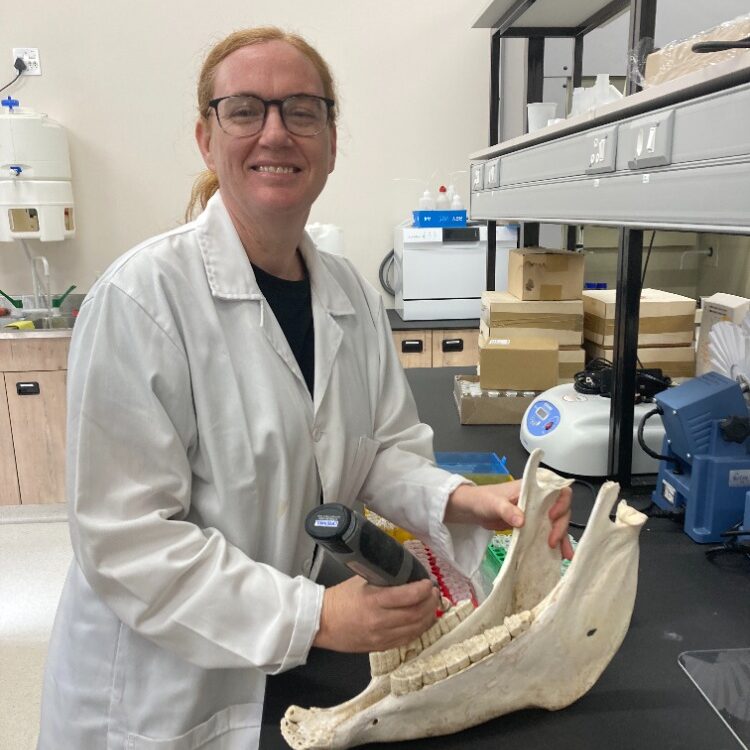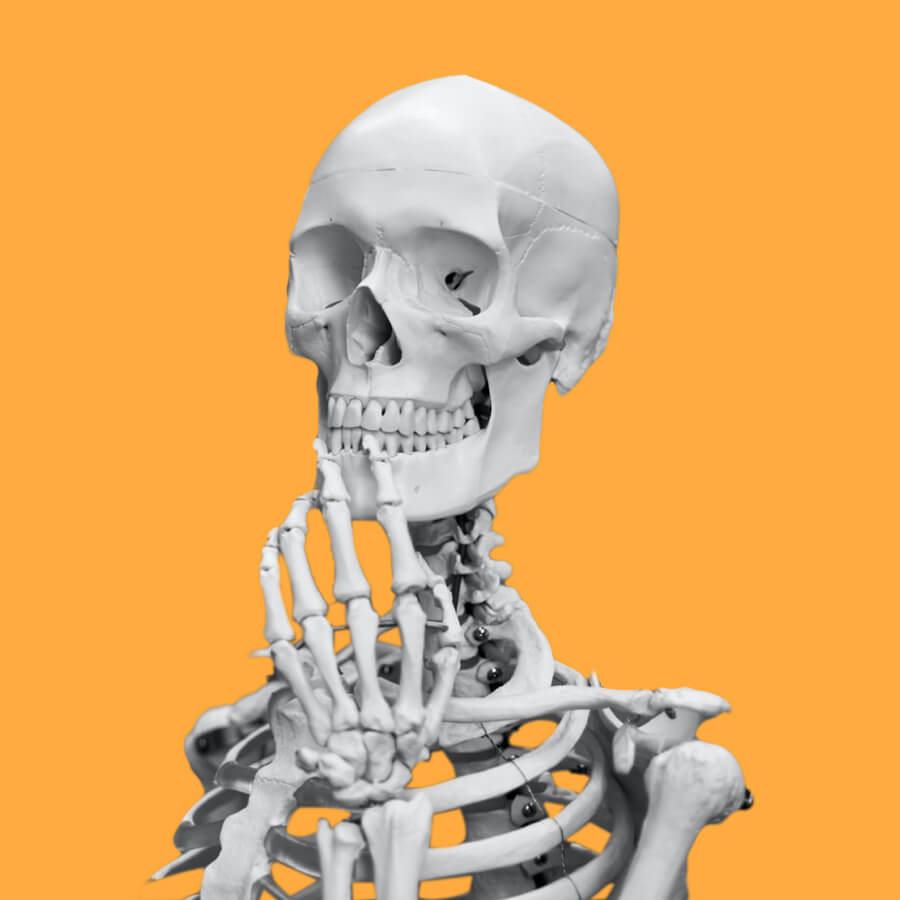Dr Julie Luyt
Researcher
Department of Archaeology , University of Cape Town

Biography
I am a Research Officer in the Department of Archaeology at UCT. I obtained my Ph.D. from the University of Cape Town. I was awarded a Genus post-doc fellowship after completing the PhD. I have been working at the University of Cape town in the Stable Light isotope laboratory since 2018. My interests lie in the effects of environmental and climatic variables on stable carbon, nitrogen, and oxygen isotopic ratios of fauna. Studies of contemporary fauna provide a baseline for the interpretation of analyses of archaeological and fossil animals. I have been focussing my work on the winter rainfall zone in the southwestern part of Africa, where reconstruction of palaeoclimates and palaeoenvironments help to contextualize important archaeological sites that record evidence of early modern humans.
Disciplines
Isotopes, palaeoenvironments
Fields of study
My interest has always been in the study of the earth’s changing environment because it is crucial to the understanding of human evolution. My research focuses on gaining a better understanding of environmental change from archaeological sites covering the last 5 million years since these provide clues to the factors that may have influenced human adaptations. As southern African localities contain important information about human evolution, the reconstruction of the palaeo-climates at these sites has generated much interest. As we cannot directly observe what the environment was like in the past, my focus has been on isotopic studies of bones and teeth as a proxy for past environmental conditions. As components of bones and tooth enamel can survive for a long time, they encapsulate clues about the past. Isotopic ratios of various elements in these teeth and bones are clues about the past left behind in fossils (for my research, most notably Carbon, Nitrogen and Oxygen). These are useful in the study of palaeo-environments as there is a direct relationship between the diets of animals (deduced from the isotopic ratios) and what was available in the ecosystem to consume. These isotopic ratios are thus used to infer past habitats/environments.
